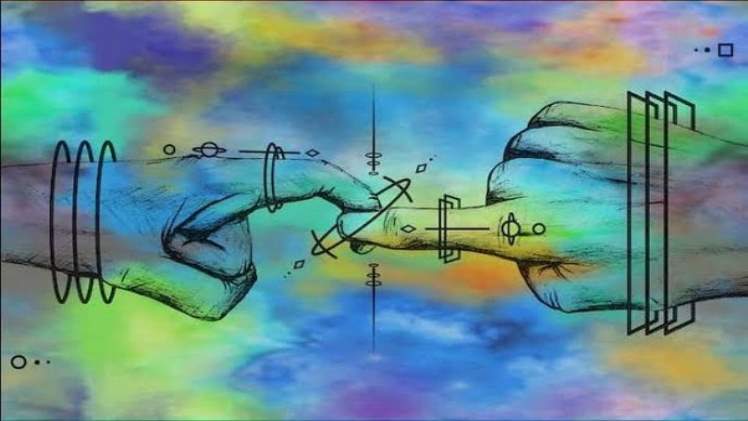The Connection Between Art and Culture

Art and culture are the expressions of creativity that has shaped our societies. But art is also more than that. It is also a system of values. This article will explore the connection between art and culture and how these concepts interact in everyday life. In the end, both are important. Read on to learn more about both concepts. And, if you’re still confused, check out my online art gallery. I hope this article has sparked a dialogue!
Art is a form of expression
Many forms of art have a historical, societal, and personal connection. Visual art, such as paintings, is a common form of artistic expression. Decorative art includes pottery, woodworking, and textiles, while performance art includes music and theater. Plastic arts include works made of pliable materials that interact with the viewer in three dimensions. Whether a work is created for a personal or cultural connection, it has a symbolic meaning.
Culture is a system of values
In general, culture is a collection of shared ideals and beliefs, a shared behavior pattern, and a common way of life. Cultural norms are learned behavior that are conditioned by shared experiences, current conditions, and social learning. They are considered the basis for society’s rules and patterns of living. These norms determine behavior and affect individual behavior. Cultures can be defined as an accumulation of learned behaviors, and values are those that guide human behavior.
It is an expression of creativity
The relationship between culture and creativity is complex. Cultural factors influence the subject matter and forms of expression of artistic activity, and they determine which individuals are selected for creative activity. The social structures and institutions that support the creation and appreciation of creative work to influence all aspects of this activity. Moreover, Westerners typically associate creative expression with originality, even if artistic creations in other cultures do not have a distinctively original style.
It is a system of connections
‘The origins of art are closely linked to human culture,’ asserts Christopher Dawson in ‘Dynamics of World History’. This interrelationship between art and culture is undeniable and multidirectional. This analysis suggests that art is part of human culture from the very beginning. In addition, art is influenced by science and technology. These developments impact art production and therefore culture.
It is a system of participation
Participation in art and culture is a great way for service users to improve their health. However, art participation can also have unintended consequences. For example, individuals might create false identities or develop unrealistic expectations of what it takes to be a successful artist. Organizations struggle to deal with these ethical issues and must consider the limitations of their participants before providing support and guidance. They are not equipped to monitor these false identities or provide support for individuals with unachievable aspirations.
It is a system of ideas
The relation between historical concepts and appreciative concepts of art is not arbitrary or accidental. It is as natural as the relation between Socrates’ diet and healthiness. In this way, one concept of art can have many different facets, yet still be a unity. Core-dependent homonymy is one such example. Art can have many definitions, but the system still recognizes the core concept of art.

